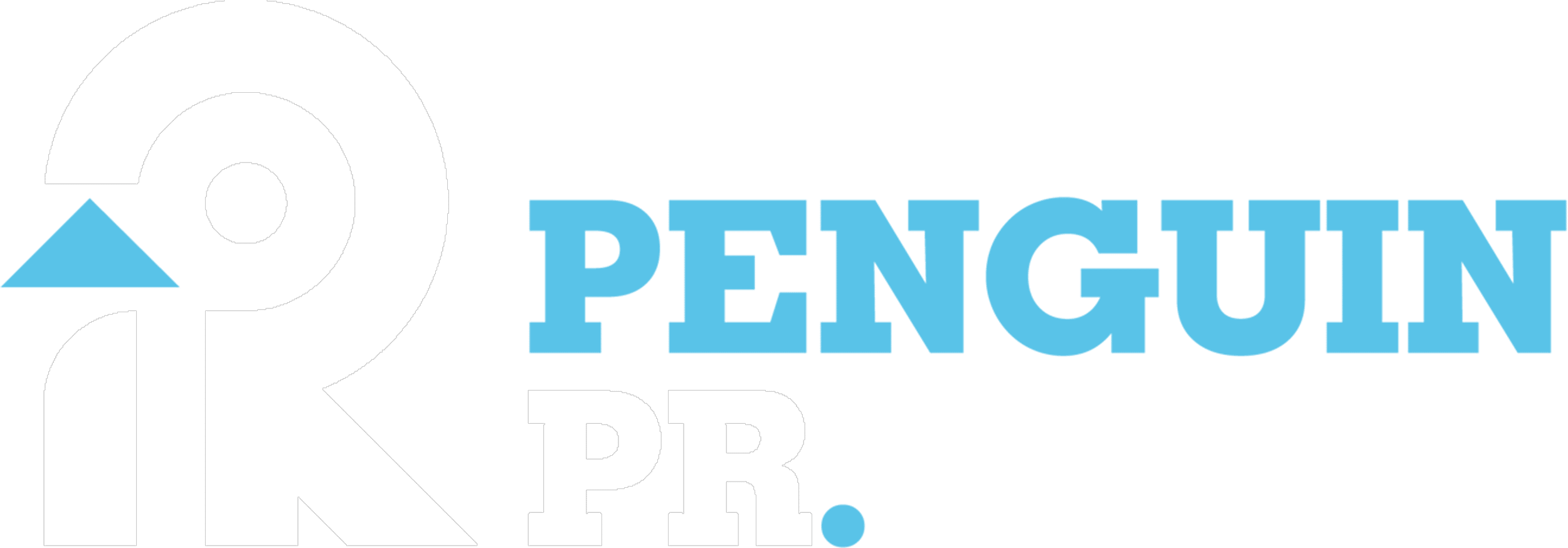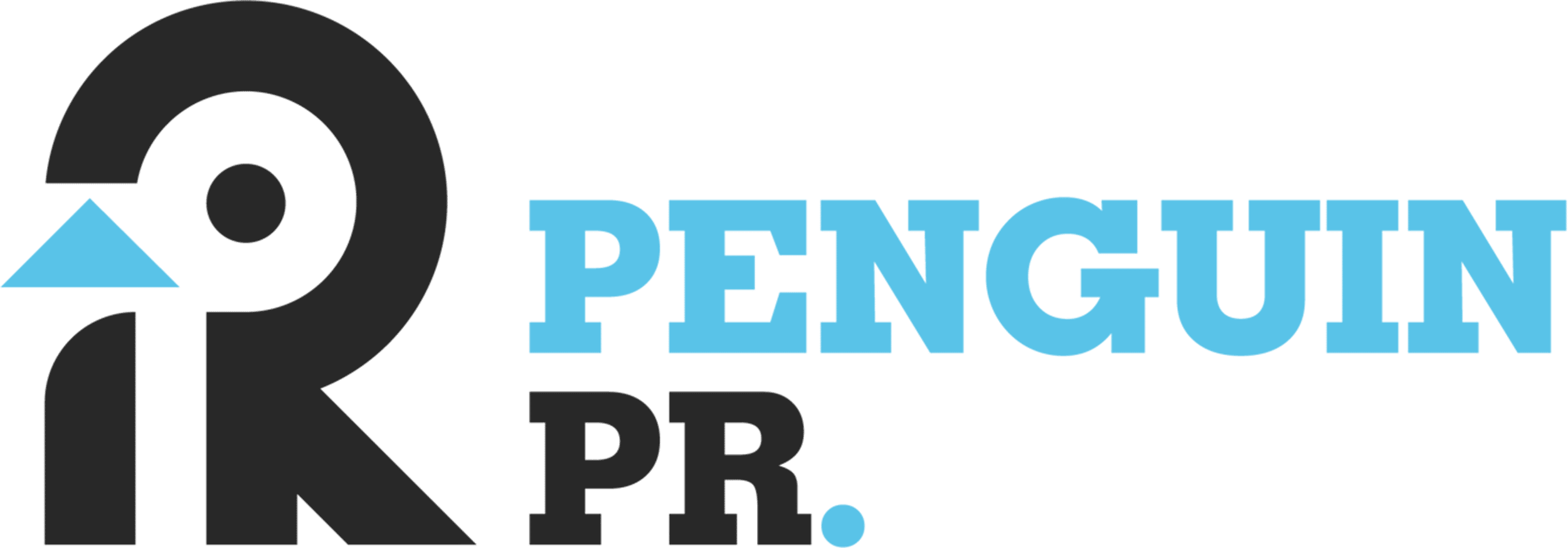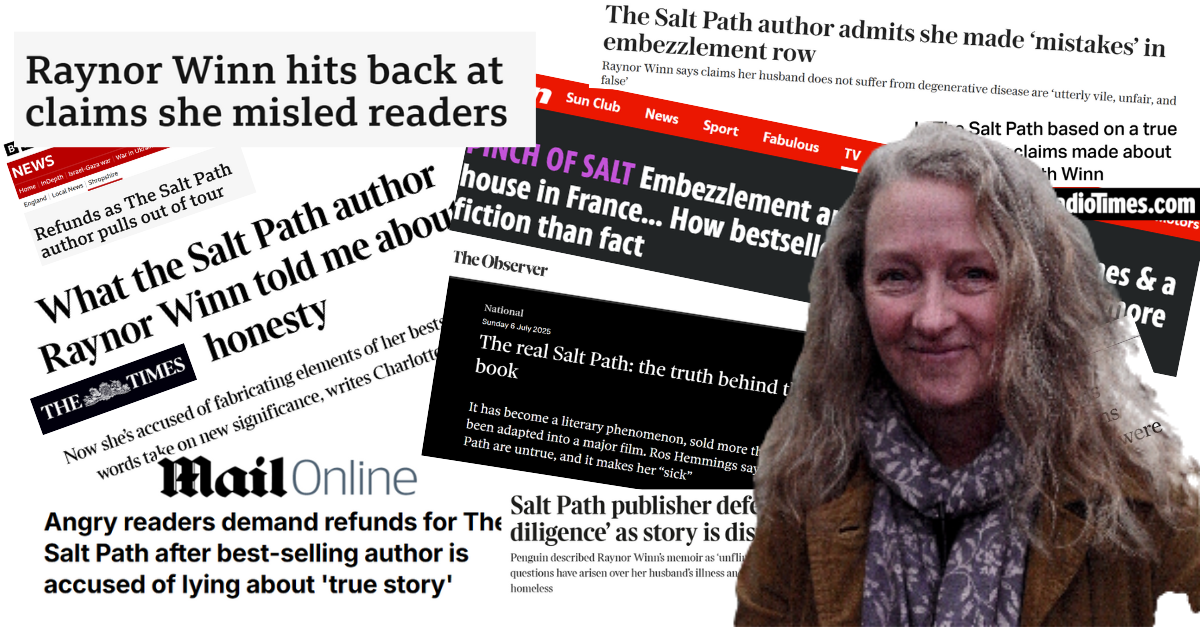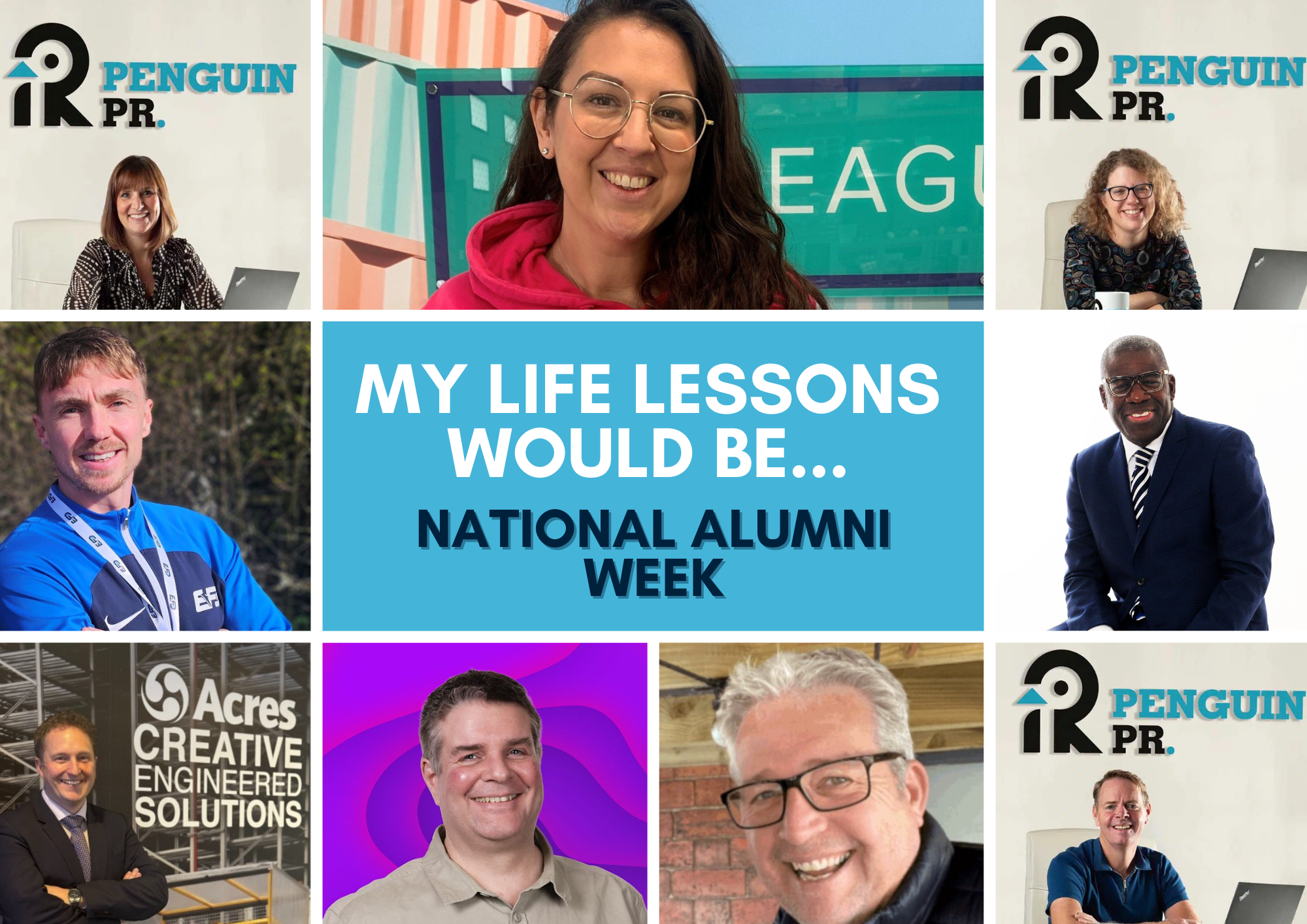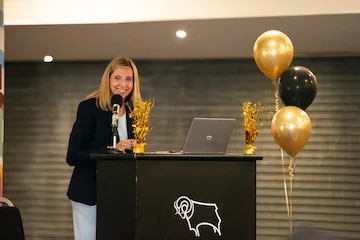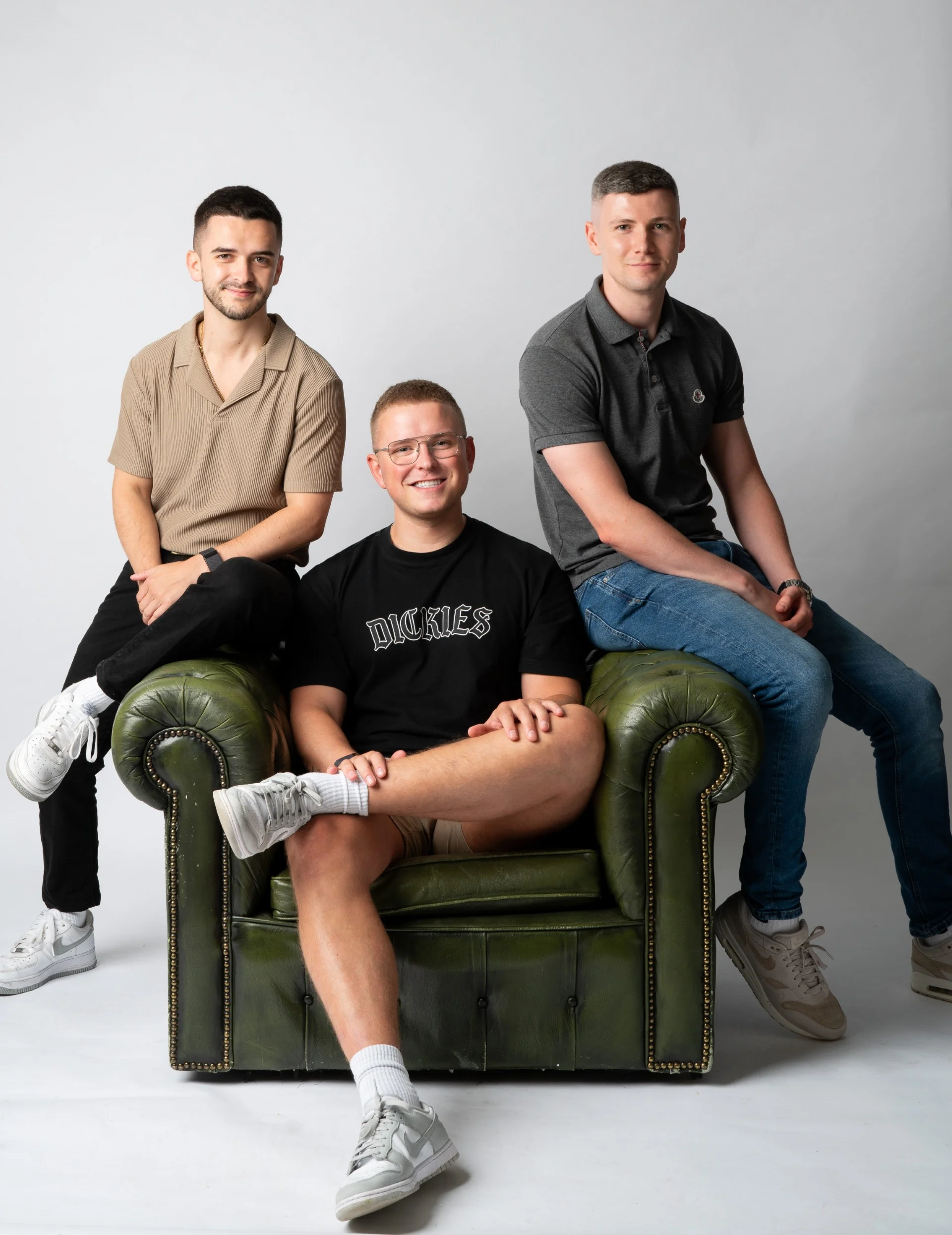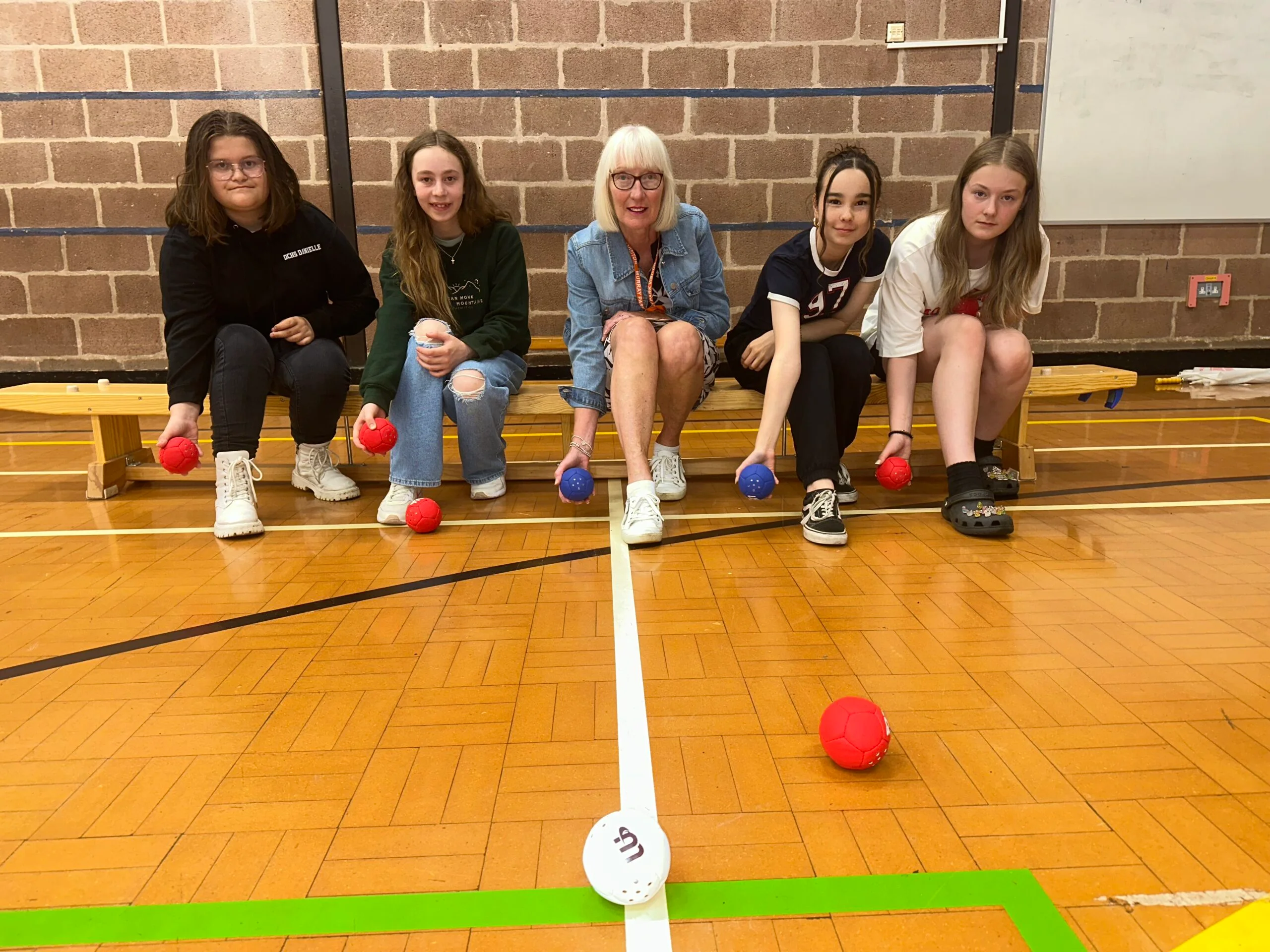By Jess King
Fashion has been a fundamental part of who I am, from watching designer fashion shows to discussing the rapid pace of fast fashion in 2025.
Growing up, I would run to the magazine aisle, looking in awe and begging my mum to buy me the latest Vogue or any fashion magazine that caught my eye.
My love for the fashion industry only grew from then on. I always knew the latest trends, kept up to date with brands, and watched the big events like the Met Gala and Paris Fashion Week.
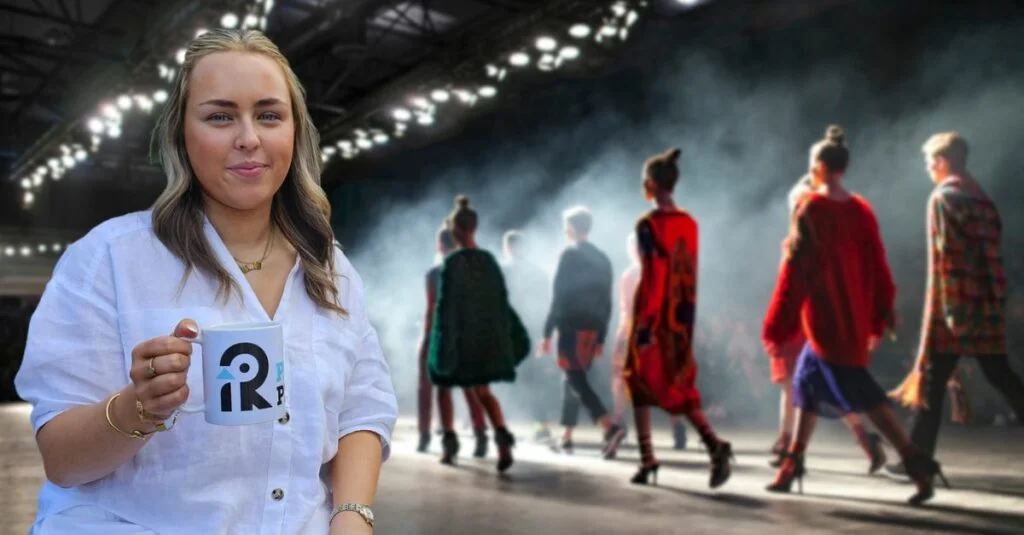
My family deemed me a mini-critic from the age of 13, with me deciding not only what I wore but also helping my mum pick outfits for holidays and big work meetings.
As I grew older, my curiosity shifted to the future. Where did I see fashion in 10 years? And where do I see myself in it?
Fashion is more than just clothes
Currently, I am studying Journalism at Nottingham Trent University, hoping to do a master’s in Fashion Communications.
My goal is to work as a fashion journalist, writing for publications such as Vogue, GQ, or Harper’s Bazaar. I am fascinated by the political and environmental aspects of fashion, expanding my focus beyond clothing to broader industry issues.
To me, fashion has always been more than the clothes. It’s a language of expression through identity, mood, culture, and politics – without saying anything.
Fashion communicates to its audiences through garments: how a flowing Chloé dress can signal romanticism, and a bold, punk Vivienne Westwood print can shout rebellion.
Every designer has their unique style and way of conveying their message to consumers, and I used to spend hours reading about designers and scrolling through catwalk magazines, fascinated by the way designers like Alexander McQueen and Westwood shaped fashion with innovative and rebellious styles.
Showcasing that mixture of creativity, culture, and communication is exactly what I want to be a part of.
Things have moved on since I looked at fashion magazines as a young girl, and the fashion industry today feels like it’s standing at a crossroads.
On one side, there’s an insatiable demand for newness, with trend cycles spinning faster than ever, driven by platforms like TikTok, which saw Miu Miu skirts go viral and the bow craze arrive -and then quickly fade – in 2024.
Designers are facing pressure to produce additional collections and to create content constantly in order to stay relevant.
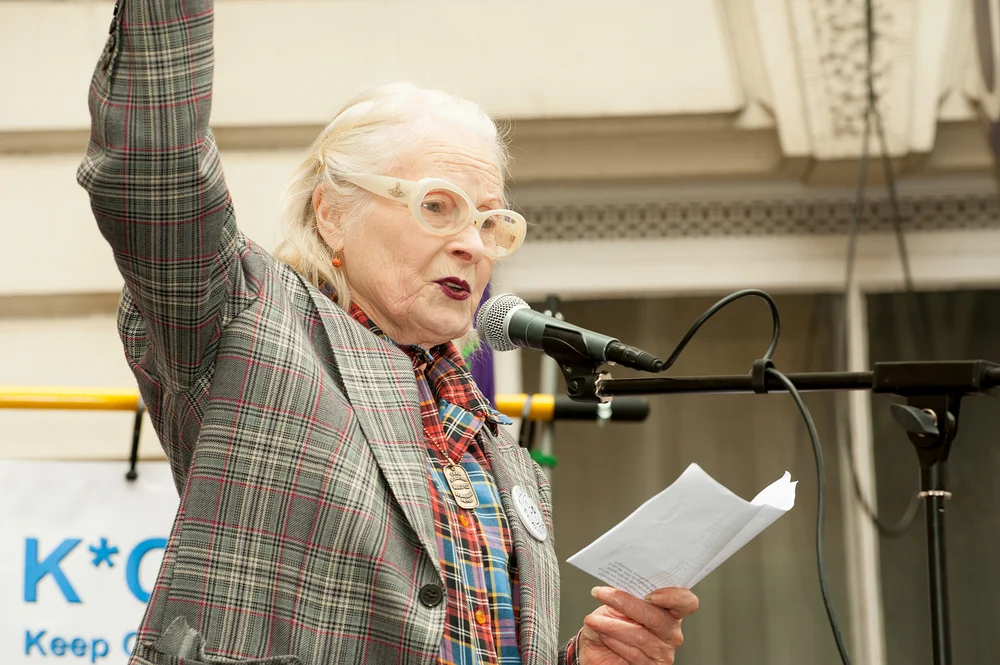
Yet at the same time, there is a powerful push for positive change, with sustainability having become a necessity.
Slow fashion is on the rise
Luxury brands such as Hermès are based on exceptional raw materials from renewable natural sources, and Ganni is experimenting with rental through its Ganni Repeat service, where customers can rent clothing and accessories rather than buy them.
Slow fashion is gaining more momentum as second-hand apps such as Vinted become increasingly popular.
Fast fashion brands such as PLT have a marketplace for people who wish to sell their old clothes, and consumers want to know where their clothes are made, who makes them, and the environmental costs they carry.
The idea of brands being diverse and inclusive is no longer optional. Rihanna’s brand, Savage X Fenty, organises runway shows that are celebrated for showcasing bodies of all sizes, ethnicities, and gender identities.
Fashion keeps evolving, and that’s what excites me most.
I’m obsessed with Mollie-Mae
Lately, I’ve become obsessed with how fashion lives and breathes online, thanks to influencers like fashion and lifestyle content creator Molly-Mae.
She can have as much impact online as she does in a front-row seat at Milan Fashion Week, and digital drops by brands like Jacquemus or Fendi can generate the same excitement as traditional shows.
Even fashion shows are entering a digital age and are being recorded and published online. Simone Rocha, for example, published her Spring/Summer 2025 show – which was held at the Old Bailey, London – online, giving viewers an insight into the atmosphere.
Digital fashion is now entering mainstream media, with brands such as Balenciaga creating virtual looks for Fortnite characters, while virtual try-ons from make-up brands such as Charlotte Tilbury and MAC are reshaping online shopping.
And storytelling has become more important than ever. People crave connections with brand values -not just buying clothes because they look nice, but to support brands whose values they share.
Like Stella McCartney, whose brand prioritises animal welfare and minimal environmental impact.
This is the industry I want to be a part of, whether I’m writing stories that inspire change, working in PR, or helping shape how fashion connects with people through writing.
Fashion can be a positive influence
I’m passionate about writing, social media, and PR, and I want to bridge creativity and communication, using those skills to spotlight the parts of the industry that truly matter and help push fashion forward in a positive manner.
I want to contribute to an industry that doesn’t just create beautiful things, but uses its potential to influence how we see ourselves and each other, and is as inspiring as it is responsible.
I know my path into fashion journalism won’t be easy. The industry is competitive, with constant pressure to deliver. Standing out means continuously developing my writing skills, building strong networks and becoming adaptable to changing media.
But despite the challenges, I am determined to be a part of fashion’s future and to tell stories that shape a more thoughtful, innovative and sustainable industry.
